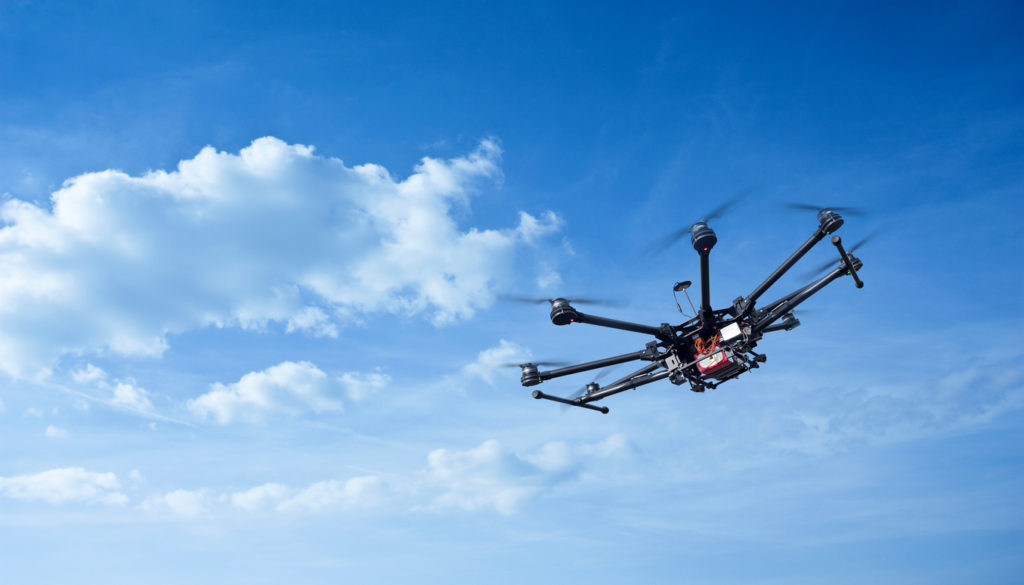In the first of two blogs Barry Harris, senior advisor to Proelium Law LLP and commercial Drone expert, gives an introduction to this new asymmetric threat.
An asymmetric threat, simply put, is a version of not “fighting fair”. This includes the use of surprise in all its operational dimensions and the use of technologies in ways previously unforeseen. Drones fit into this category neatly. The threat of using Drones against commercial aircraft is already well publicised. It has been recorded that Daesh is using Drones in multiple coordinated attacks. But is there an asymmetric threat to contemporary society?
Drones are a technology available to almost anyone anywhere in the world. There is a multitude of Drone types, that can be controlled even from a smartphone and which could conceivably carry small payloads, available online and in shops for purchase. It is possible for some Quadcopters to lift their weight and up to an additional 10kg.
The use of Drones gives terrorists the ability to drop one or more small bombs without warning. Multi-rotor Drones use their complement of propellers for lift, lateral movement, and stability. When close to the absolute maximum that the Drone can lift, the Drone can become difficult to control, and therefore harder to accurately deliver its payload. Its battery life will be restricted and even in calm weather conditions stability, manoeuvrability, top speed over ground, and stress on the aircraft will be problems for an operator.
A Quadcopter’s lifting capability will be used for batteries, for any flight time past 10 minutes. Thrust is required to lift the weight. More batteries are needed to supply the power; more batteries mean more weight, more weight means more thrust is required. As battery technology and efficiency improve, this will become less and less of a problem.
A restriction to the destructiveness of Drone attacks is the payload limitation of commercially available Drones, as most commonly available quadcopters fall in the 25-centimetre propeller size, and a quadcopter of size can probably lift a payload in the region of 0.5 to 1.5-kilogramme payload in addition to its weight. A 400-gram hand grenade plus the mechanism carry and release it could conceivably be an attainable payload for a common Drone. Most commercial Drones are limited to the 9-kilogram range. High-end Drones have only a payload of a couple kilogrammes.
The availability of cheap, remote-controlled flying machines has not escaped the notice of terrorist groups. It has been reported that Hezbollah has used Drones to probe Israel’s air defences. Al-Qaida in Pakistan commissioned an engineer to build a small Drone to carry out aerial attacks, the project being discovered by security forces in 2013. There have also been lone-wolf plots involving Drones in the United States. In 2011, a physics graduate and model hobbyist from Massachusetts was accused of planning to launch small Drones with bombs against the Pentagon and the Capitol.
So the weaponisation of Drones is part of today’s paradigm, and the next blog in this series will explore that development further.
“The popularity of small UAVs has increased dramatically as they have become widely available for commercial and consumer use, with global sales of civilian unmanned aerial systems expected to approach $5 billion USD in 2021.”
Need advice?
If you’d like further information, or to discuss working with us, please get in touch







